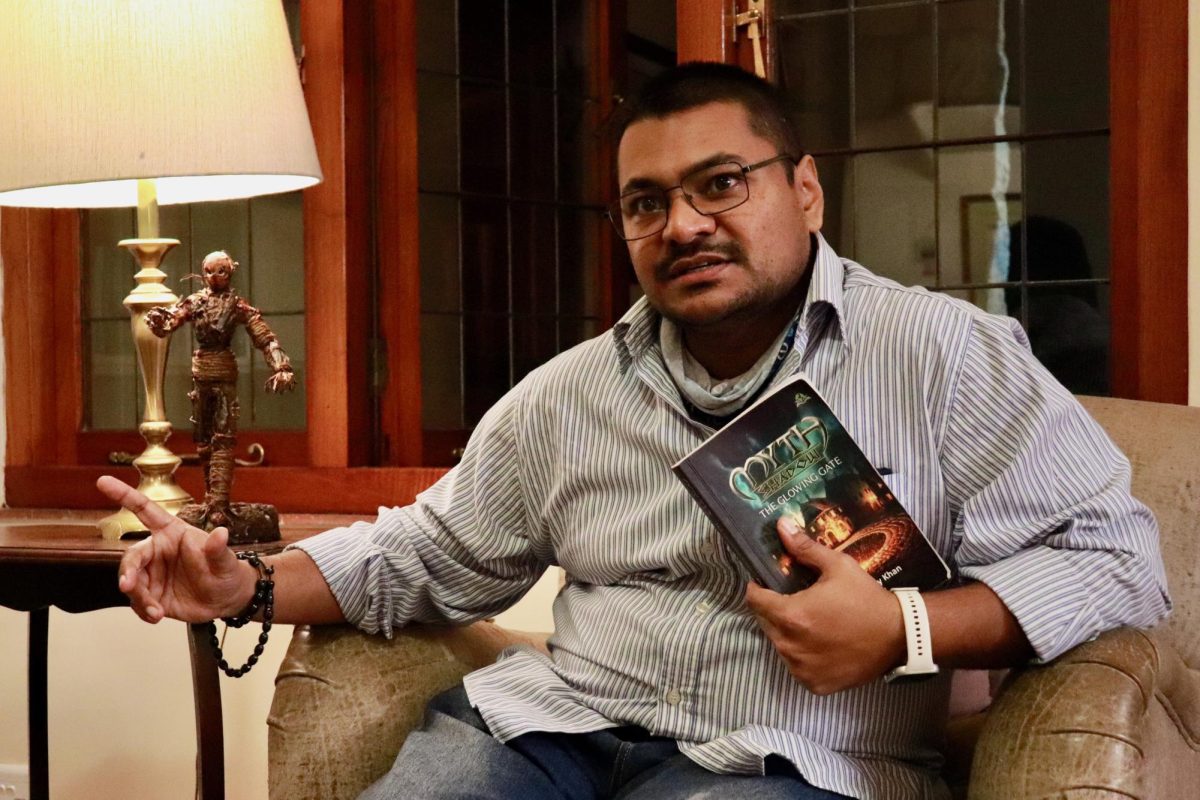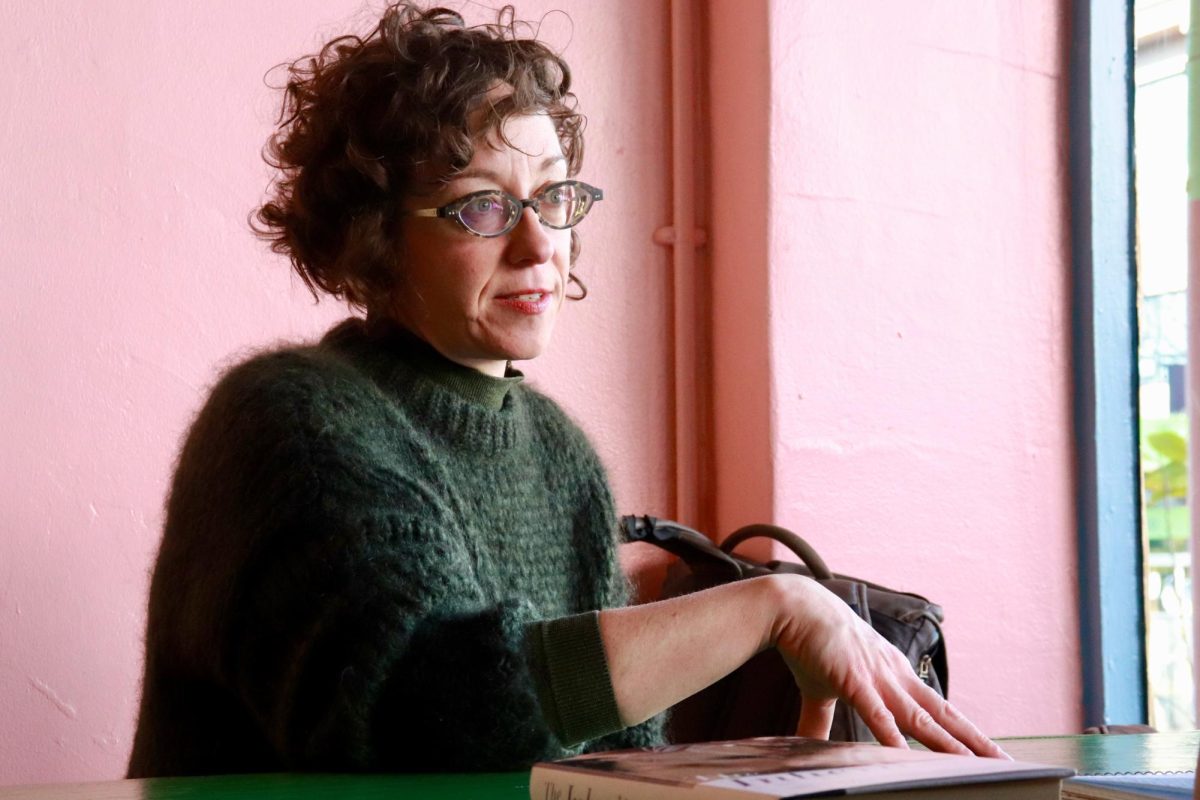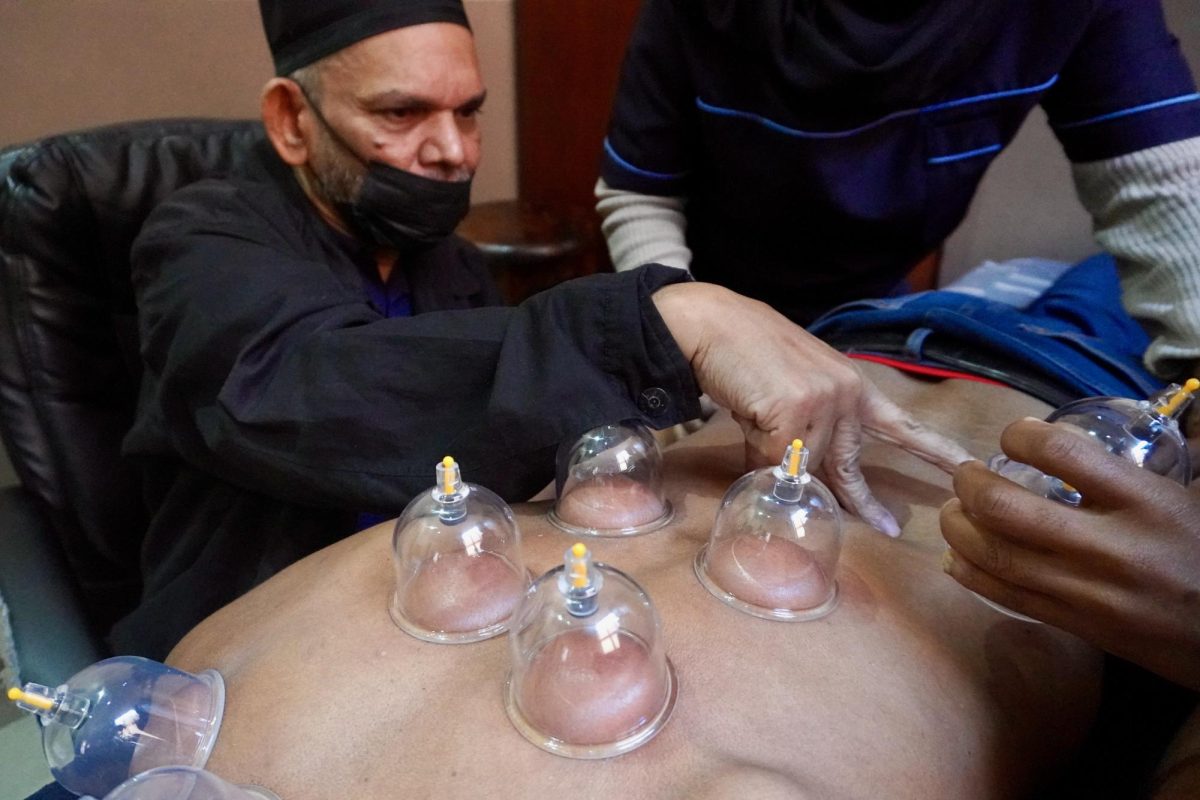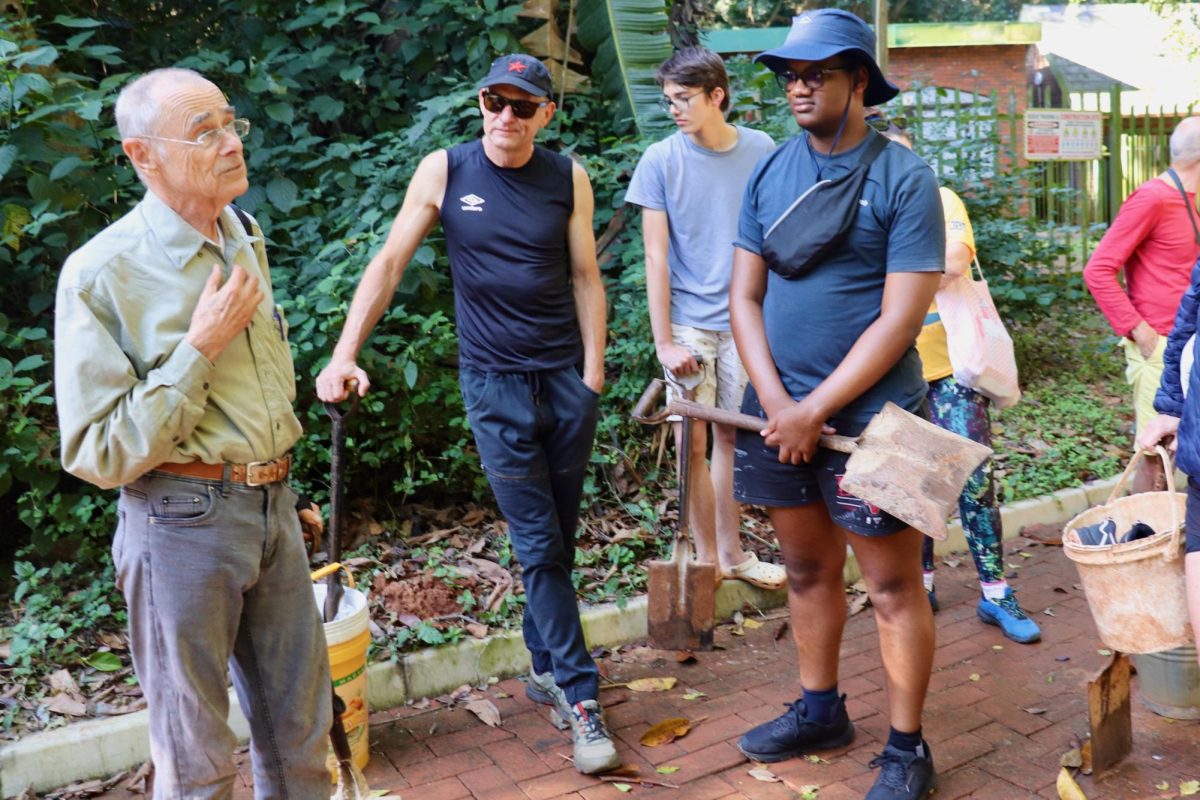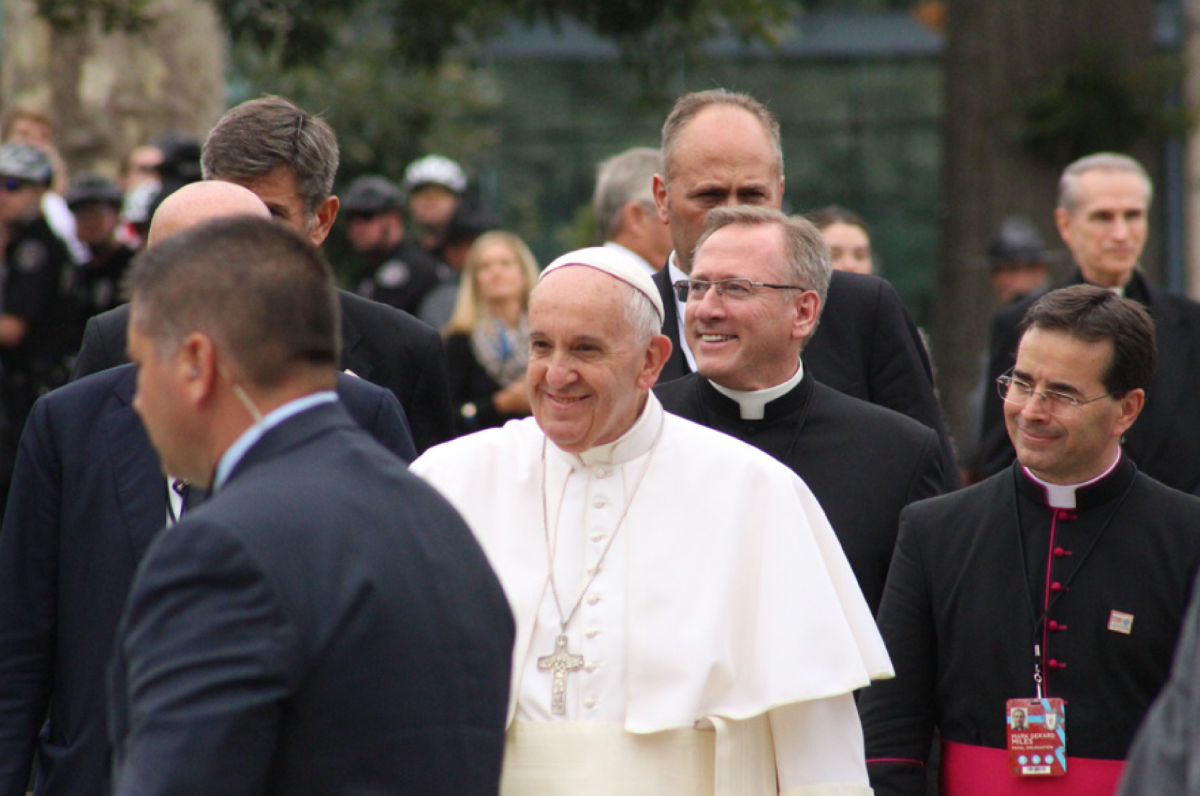What is happening in the Amazon rainforest?
The Amazon rainforest in Brazil is burning at a speed of three football fields per minute. The rainforest covers an area of 2,124,000 square miles and has been burning since 2018. This year, the fires have grown worse.
“The rate of destruction is increasing,” said Tracy Devine Guzmán, Ph.D., associate professor of Latin American studies at the University of Miami and the author of “Native and National in Brazil: Indigeneity After Independence.”
The Amazon rainforest is the largest tropical rainforest in the world. Its ecosystem is, “a vital component of the global carbon cycle, and it sequesters carbon dioxide in its organisms and soil,” said Clint Springer, Ph.D., associate professor of biology and director of environmental science and sustainability studies at St. Joe’s.
Why is this happening?
Experts cite several reasons for the devastation, but the primary one has to do with cattle farmers. Farmers have purposefully set fire to the forest to clear the land for agricultural purposes.
“The Brazilian Amazon has largely been a consequence of cattle farmers who have been clearing land so that their cattle can graze,” said Devine Guzmán, who added that the cleared land is also used to grow soy to feed the cattle.
Is this a political issue?
Brazil leads the world in beef exports, and Brazil’s President Jair Bolsonaro supports the beef industry and its contributions to Brazil’s economy.
On Aug. 23, U.S. President Donald Trump tweeted: “Just spoke with President @JairBolsonaro of Brazil. Our future Trade prospects are very exciting and our relationship is strong, perhaps stronger than ever before. I told him if the United States can help with the Amazon Rainforest fires, we stand ready to assist!”
But Bolsonaro has rejected any help that has been offered towards reducing the forest fires. He has said the Amazon is “his” and, in an address to the UN General Assembly last month, he dismissed data supporting the destruction as false.
How do the fires affect us locally?
Even though the Amazon rainforest is 3,108 miles from Philadelphia, there are long-term ramifications of such loss of forest, Springer said. Additionally, the disaster will affect Philadelphia and the entire East Coast “through rising temperatures, more intense rain events, mega-storms like Sandy, and coastal flooding and erosion through sea level rise” according to Springer.
“This removal of carbon dioxide from the atmosphere buffers the carbon dioxide emissions that the world continues to pour into the atmosphere,” Springer said.
Brian Forster, Ph.D., GEP science lab coordinator and chemical hygiene officer, connected the burning of the Amazon forest to climate change.
“Deforestation can also cause changes in precipitation patterns and the water cycle in the area,” Forster said.
Springer said the effects of this disaster will be felt most profoundly by current students.
“Anyone under the age of 50 will feel the consequences of climate change and environmental degradation,” Springer said. “And anyone under the age of 30 will feel them more intensely and likely have to modify how they live in response to it.”
What can we do to help?
There are many ways that the average citizen can help alleviate the problem of global warming, all three experts said. One solution is connected to our diets, Devine said.
“One of the things that an ordinary student can do if they don’t want to be a vegetarian or a vegan, is limit their meat consumption,” Devine Guzmán said. “That decreases the demand for cattle and the negative impact that the cattle have on the environment including methane production and the pollution of rivers and other kinds of precious water resources.”
Springer offered additional ways for students to help.
“Students can limit their personal environmental impact by driving less, eating less meat, buying local produce, purchasing energy from renewable sources like wind and solar, and advocating for the environment and the poor and marginalized around the world who are being even more intensely impacted by climate change,” Springer said.
Another way people can make a difference is through their vote, Springer said.
“Voting for leaders who see this as a threat to our economy and security are sorely needed,” Springer said.
Springer also mentioned ways St. Joe’s can address the problem as an institution.
“Things like going carbon neutral, banning the sale of single use plastic water bottles on campus, and also supporting research, educational, and outreach endeavors that work to solve this global crisis are extremely important as we collectively live out our Jesuit and Catholic identity,” Springer said.








